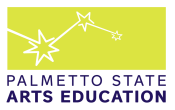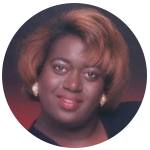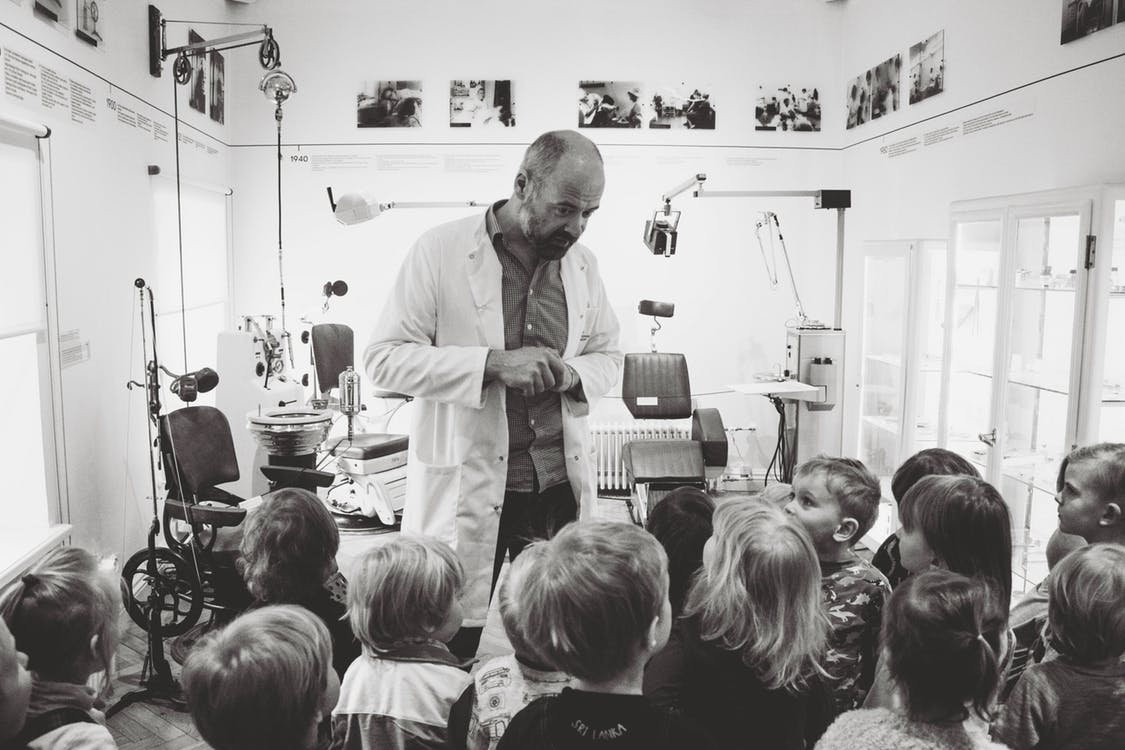I remember reading an online article from the Washington Post (11/27/17) on teacher retention. It stated that more than 40% of all teachers leave the profession within their first five years with even higher rates for high-poverty, high-minority public schools. This should be a major concern. Losing our teachers is a serious matter. As educators, we need to be relentlessly proactive in our efforts to maintain qualified professionals in the classroom.
In my opinion, a critical first step to retain our teachers is to find out why they are leaving. Candid conversations need to take place to uncover what is “pulling” them away from the profession and what can be done for them to “stick and stay.” If we continue to lose teachers, we are putting the quality of instruction that our children receive at risk. In my district, I witness the challenges that administrators face each year in trying to ensure that there are highly qualified teachers in front of students. As the district’s Visual and Performing Arts Coordinator, I encounter the same challenges with maintaining qualified fine arts faculty. I know that the best-qualified arts educators are looking for environments where the arts are an equal part of CORE-curricula and not just the “icing on the cake.” They want state-of-the-art facilities, equipment, materials and resources. They also want district-level administrators to understand the arts aren’t just a reprieve for students from the day-to-day routine of the “ordinary classroom,” but that students will leave with skills they will use throughout their lives. In talking with arts teachers, they say that they don’t feel that their principals understand that arts classes are standard-driven and provide rigor – that they don’t understand how fine arts instruction ignites higher order thinking skills and gives students opportunities to have “real life” experiences. If school leaders do not acknowledge the power of the arts and the positive impact they have on student learning and support these teachers, fine arts teachers will continue to become harder to find with the ones who are still in the field looking to other more supportive school cultures. One of my closest friends and colleagues is Mr. James A. Stroman, Sr., the district’s elementary band consultant. Mr. Stroman is my “go to” person for good, solid advice. With his years of experience and expertise, I often pick his brain for best practices he has learned over the years. So I asked him, “What can I do to prevent teachers from leaving our district after only one or two years?” He shared the following insights. In order to maintain and sustain your teachers, you as the fine arts coordinator need to implement a plan that includes the following:
His good advice made me realize how critical it is to have a plan in place. It needs to be a support system for both new and veteran fine arts educators, and one that reduces any barriers to open communication. Mr. Stroman’s advice also serves as a reminder that just as our students love to hear when they have done a good job, my fine arts teachers need that also. Too often upper level administrators focus on how important students are to our success but they repeatedly forget to recognize how crucial teachers are to the success of those students. In conclusion, rather than have teachers leave our district in pursuit of a better opportunities, we need to work to become the BEST option for those teachers. Comments are closed.
|
About PSAEPalmetto State Arts Education is a network of professionals dedicated to advancing learning in and through the arts for all students in South Carolina. Categories
All
|



 RSS Feed
RSS Feed